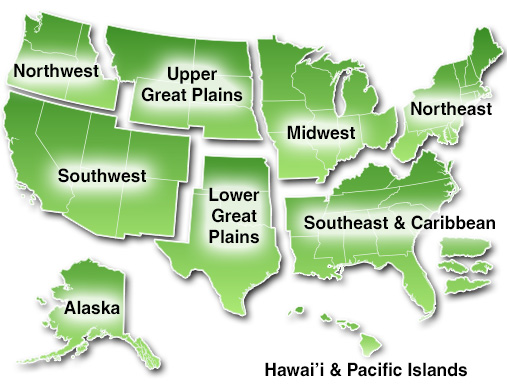Searchable Case Studies for Preparedness and Resilience
Communities across the United States are anticipating, planning, and preparing for the potential hazards and impacts of changes in the environment. Below are examples of municipal, state, or tribal communities that have taken action.
Select from the options below to view cases according to the area of interest, geographic region, or level of government. Use the search function to view cases according to key words or areas of interest not provided below (Example: Sea-Level Rise, Drought, or Green Infrastructure).
To see all the case studies, click the Show All button.


